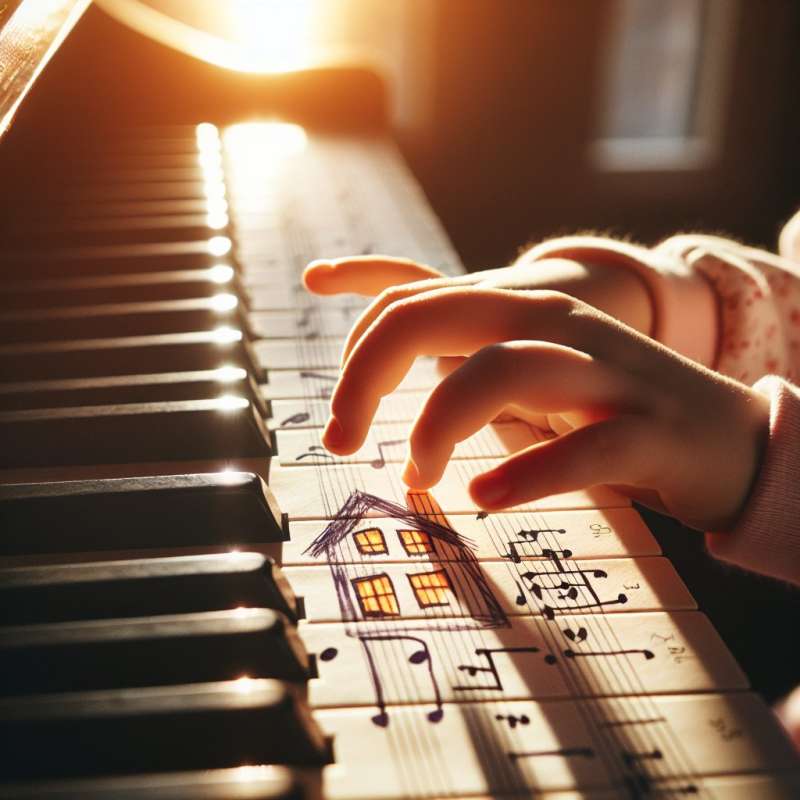
History of the Piano
The piano's invention in 1700 by Bartolomeo Cristofori revolutionized music. Initially named 'gravicembalo col piano e forte', it allowed dynamic expression, unlike its predecessors, the harpsichord and clavichord.
Understanding Piano Anatomy
A grand piano has over 10,000 parts! Its intricate design includes keys, hammers, strings, and a soundboard. Each key's depression triggers a hammer to strike the strings, producing a rich, resonant sound.
First Steps: Posture and Position
Proper posture is crucial. Sit at the middle of the bench, feet flat, with forearms parallel to the keyboard. Relax your shoulders and slightly curve your fingers for the best technique.
Scales and Basic Exercises
Scales are the building blocks of piano playing. Practicing them improves finger strength and dexterity, laying the foundation for more complex pieces. Start with C Major to understand key patterns without sharps or flats.
Reading Sheet Music
Learning to read music is like a new language. The staff, clefs, and notes represent pitch and rhythm. Middle C is your reference point; it's located near the middle of the keyboard and the stave.
Incorporating Pedals
Pedals can transform your playing. The sustain pedal (right) prolongs notes, while the soft pedal (left) reduces volume and alters tone. The sostenuto pedal (middle) sustains selected notes, an advanced technique.
Mastering Expressive Playing
Dynamics and articulation bring emotion to your playing. Experiment with loud (forte) and soft (piano) touches, staccato and legato notes to convey different moods and intensities in your music.
Who invented the piano in 1700?
Bartolomeo Cristofori
Johann Sebastian Bach
Ludwig van Beethoven
Company